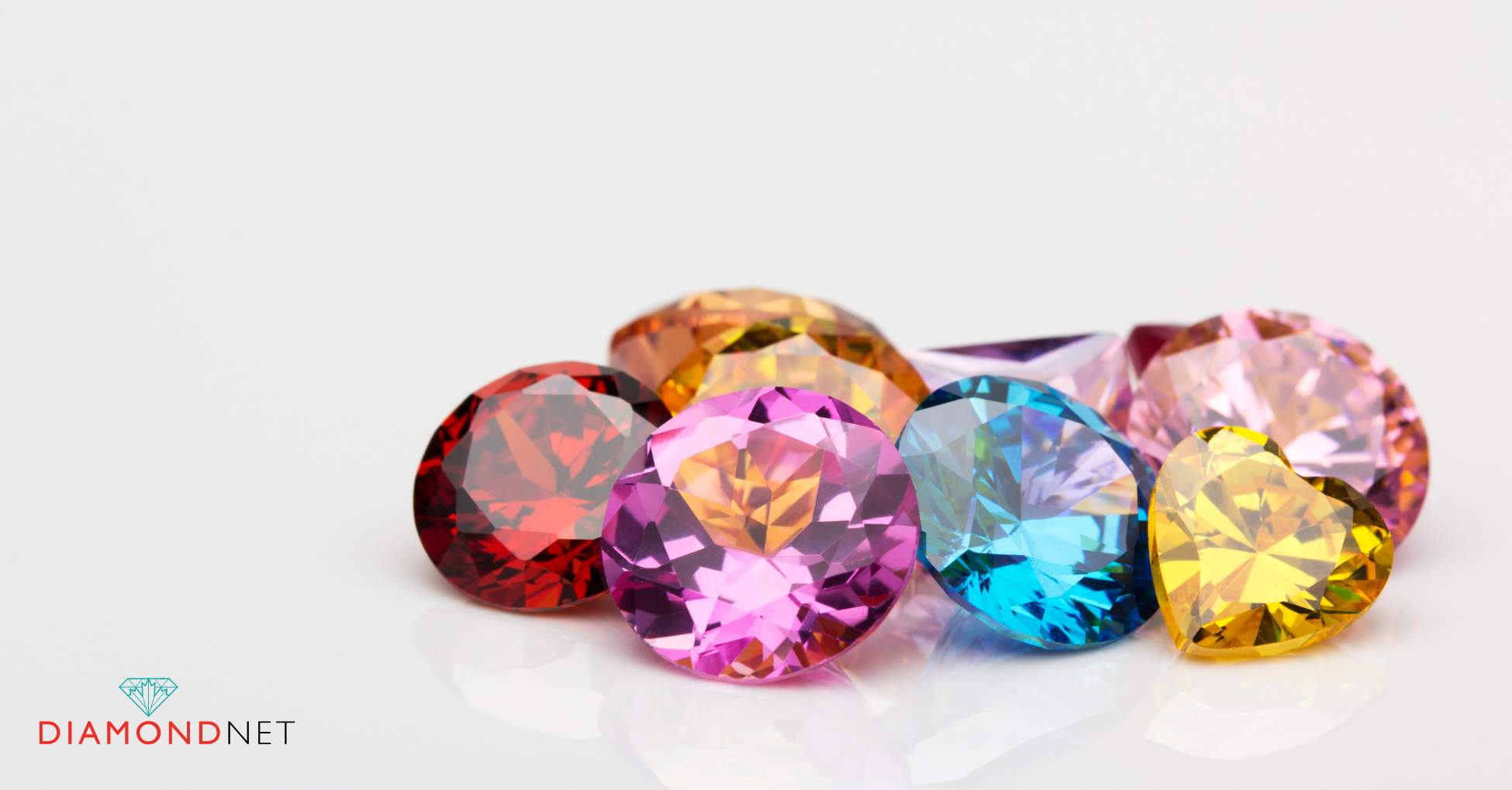For centuries, people have been captivated by diamonds’ luster and durability. Beyond their beauty and value, diamonds hold deep cultural significance, symbolizing tradition, belief, and meaning.
In this blog, we explore how different cultures interpret diamonds, the meanings attributed to them, and the traditions surrounding them. We’ll also delve into how diamonds have been used to express love, status, and spiritual beliefs from ancient times to today.
Diamonds in Ancient Cultures
Diamonds have been admired by humanity for as long as memory serves. Their worth extended beyond beauty, enveloped in an air of mystique. Many ancient cultures believed diamonds possessed supernatural powers, making them a vital part of both ceremonial and daily life.
Ancient India
In one of the earliest sources of diamonds, ancient India, these precious stones were viewed as sacred. Their origins were thought to stem from fragments of stars or hardened drops of dew. Indian culture attributed numerous healing properties to diamonds, believing they could protect against poison, enhance strength, and bring good fortune.
Ancient Indian texts like the Arthashastra document the diamond trade, highlighting their significance in royal and religious contexts. Hindu tradition also linked diamonds to various deities, further elevating their sacred status.
Ancient Rome
The Romans held a similar fascination with diamonds, associating them with invincibility and courage. Roman soldiers wore diamonds in battle, believing the stones would protect them and ensure victory. Notably, the historian Pliny the Elder described diamonds as the most valuable and powerful substance in the world. Beyond warfare, diamonds symbolized social status and power in Rome, frequently adorning jewelry and ceremonial regalia.
Ancient Egypt
The ancient Egyptians saw diamonds as symbols of eternity and divine power, believing them to be teardrops from the gods, imbued with heavenly energy. Due to their spiritual significance, diamonds featured prominently in religious artifacts, talismans, and burial jewelry, serving as protection and a promise of prosperity in the afterlife. The iconic Egyptian symbol, the Ankh, representing life, was sometimes crafted with diamonds to signify its eternal nature.
Ancient China
The Chinese had a unique and ancient relationship with diamonds, though in a different context. Rather than for personal adornment, diamonds were valued primarily for their unparalleled hardness, making them essential for engraving jade and crafting drill tools. In later periods, however, diamonds began to take on an aesthetic role, symbolizing wealth and status as they were incorporated into fine jewelry.
African Cultures
In many African cultures, diamonds hold deep ceremonial significance, symbolizing status, beauty, and spirituality. These gemstones are frequently incorporated into traditional jewelry worn during significant rituals and ceremonies, reflecting both the wearer’s social standing and cultural heritage.

Diamonds: Symbols of Love and Commitment
Today, diamonds are widely recognized as symbols of love and commitment. The tradition of giving a diamond engagement ring dates back to the 15th century and has since become a well-known gesture of love and marriage proposal.
Diamonds also play a central role in wedding rings, representing the enduring bond between two people. The custom of wearing a wedding ring on the left ring finger originated in ancient Rome, where it was believed to connect to the ‘vena amoris,’ or vein of love.
Beyond engagement and wedding rings, diamonds often mark significant moments, such as anniversaries or promises, or simply serve as tokens of affection. Alongside their romantic significance, diamonds also symbolize luxury, status, and success—associated with wealth and highly coveted.
Whether symbolizing romance or prestige, diamonds continue to captivate people worldwide as timeless icons of love, commitment, and beauty.

Diamonds in Wedding Bands and Engagement Rings
Diamonds have long symbolized love, commitment, and everlasting bonds, making them a timeless choice for wedding bands and engagement rings. This tradition spans various cultures, evolving over time to embrace new styles and symbolism while honoring age-old customs.
Historical Significance
The tradition of diamond engagement rings began in 1477, when Archduke Maximilian of Austria presented a diamond ring to Mary of Burgundy. This gesture set a trend among European nobility, as diamonds, with their unmatched durability, became a symbol of unbreakable love and commitment. Over time, this custom spread globally, becoming a beloved tradition in many cultures.
Symbolism and Modern Trends
Today, diamond wedding bands and engagement rings come in an array of styles, catering to a range of tastes. From classic solitaire settings to intricate halos, vintage-inspired designs to modern minimalist pieces, there’s a diamond ring to suit every love story. Many couples now choose unique cuts, such as cushion, emerald, and oval, that reflect their personal style and the uniqueness of their relationship.
In various cultures, diamond rings transcend mere ornamentation; they hold deeper cultural meanings, often passing down through generations as cherished heirlooms. In Western cultures, proposing with a diamond ring is a well-established tradition, symbolizing a promise of marriage. In Indian culture, wearing diamond wedding bands, along with traditional gold ornaments, adds to symbols of prosperity and good fortune.
At DiamondNet, we believe in the significance of a diamond ring for life’s unforgettable moments. Our collection includes an extensive selection of exquisite diamond wedding bands and engagement rings crafted with exceptional detail. Whether you’re drawn to classic designs or envision a custom piece, DiamondNet is dedicated to helping you find a ring that tells your unique love story. Our experienced team will guide you through every step, from selecting the ideal diamond to creating a ring to be cherished for generations.



